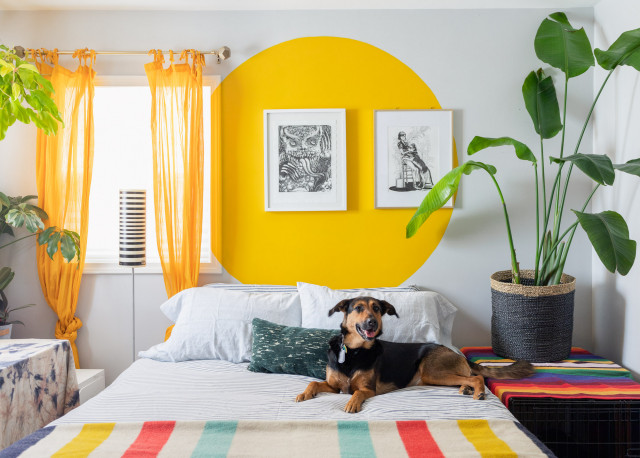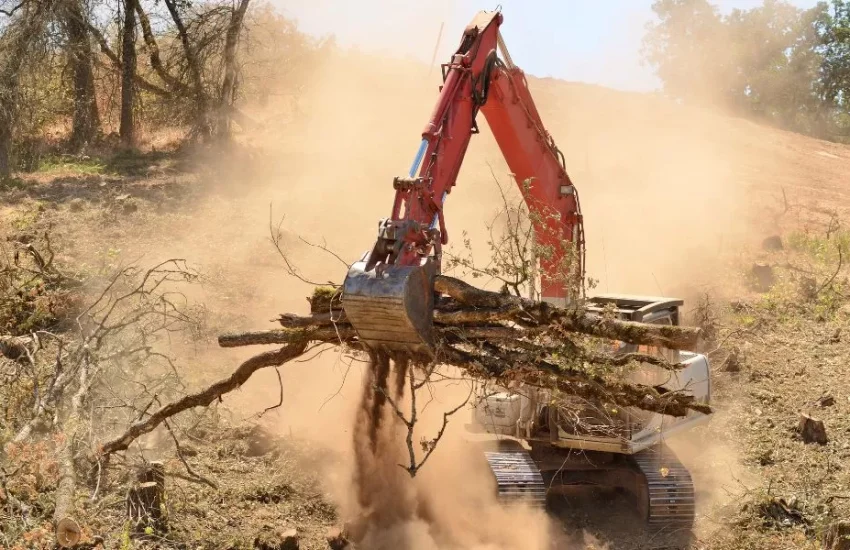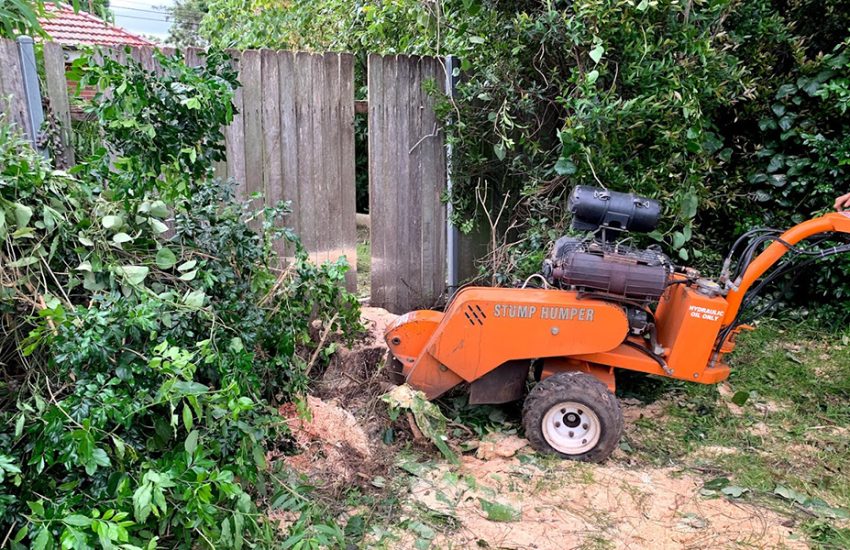10 Pet-Friendly Indoor Plants Ideas for Children, Cats & Dogs
Do you have a little furry baby or a child in the house who loves to play with the green plants and decorative grasses? Well, it is normal for them to play with natural beings like plants and grasses. It is impossible to stop your pets from attacking the plants or chewing the leaves. Is there a way to decorate the indoors with greeneries without making it unsafe for your paw-buddies or children? Yes, there are plants that are not harmful or toxic for babies and pets. Even if they chew the leaves or play with them, it will not adversely impact their health.
Selecting non-toxic plants for pets and kids
Non-toxic plants especially sold for indoor décor, are the best solution one can find. You do not have to say goodbye to your green indoor set-up to make the place for your kids or pets. All you have to do is browse through the many options available with plants and select the non-toxic ones for your household.
Here are some of the best options you can explore and buy for decorating your apartment. Read on the find out the top 10 non-toxic plants for indoor décor –
Plant some palm trees
Indoor plants usually need a cool and soothing atmosphere to grow. Palm trees are an excellent addition to your soothing interior décor and can grow optimally inside the room. Kentia, Areca and Parlor palms are safe alternatives among the palm species that will never harm your kids or pets. Even if they eat a leaf or rub the tree against the body, there will not be any harmful side effects.
Blue star fern for homes
Fern trees are highly popular as indoor plants. They are safe for humans and animals. Cats and dogs love playing with the leaves of ferns and thus most pet parents buy the blue star ferns for decorating their apartment. The thin leaves are an excellent playing element for the pets, and they love teasing the leaves with the wind. In fact, ferns also grow well in the indoor climate, making them an apt choice for you.
Haworthia succulent for indoor
Succulents are always among the top choice in indoor plants. They look beautiful and bring a soothing impact to the house. The colorful succulents available for indoor decoration may not be safe for all pets and kids, but there are a few options. The Haworthia succulent variant is a safe choice as it is a low-growing plant. It does not flourish too much and is a compact choice for keeping on the table. The leaves are beautiful with white spots and look like aloe vera leaves. However, unlike aloe vera, this succulent variant is perfectly suitable for pets and kids.
African violets to add some color
Would you like to add some vibrant shades to your living room? There can be no safer alternative than the African violets. The plant gives flowers throughout the year, and the different colors available are – pink, red, lavender and blue. You can pick any of them because all these variants are non-toxic for cats, dogs and children. These are low-maintenance and blooms all through the year. Consider buying this one.
Beautiful Christmas cactus
Why celebrate Christmas once a year? With the bright red flowers of the Christmas cactus, the bells will jingle throughout the year! The flowers bloom in low-light and indoor conditions. Even though it is a cactus, there are no thorns on the plant that can hurt a child or pet. They can play with the leaves as the sides are blunt. You can keep them in any room and enjoy the mesmerizing beauty of the red flowers.
The timeless spider plants
When it comes to indoor plants, can you ignore the spider plants? These are the most popular plants, and you can find them in most households. The leaves are long and attractive for children and pets to play with them. They love rubbing the leaves while playing, but it will not make any adverse impact. Adding a spider plant in the living room will help you enhance the overall appeal of the room and purify the air as well!
A dwarf banana plant
Dwarf indoor plants have become popular in recent times. The banana plants, designed for indoor maintenance look beautiful in any interior setup. The plants grow up to 3mt and have broad green leaves. It purifies the air and is apt for keeping near the windows or balcony. Your kids and pets can play with the leaves without getting any rashes on the skin.
The Chinese money plant
Chinese money plants are climbers that beautifully decorate an interior space. You can keep them in shady areas of the house or pick a warm space. The plants are low-maintenance and grow fast. Even if your dogs bite the plant and tear off any part, the rest will grow naturally, and climb through the wall. Kids love these plants for the climbing pattern, and the design on the leaves look attractive. You can buy the plant and keep it in your living room or study table.
The tropical hibiscus
The last one has to be a flowering plant! Hibiscus is one plant that can grow in indoor and outdoor spaces. However, it is ideal to keep them on balconies to provide ample air and sunshine. Kids love the vibrant red shade of the hibiscus flowers, and it is also good for the skin. It is a safe flowering plant to keep in the house for its non-toxic qualities.
Know the toxic plants before buying
Before you browse the plants to buy for your indoor décor, take a look at the toxic plants. Note these names, so you do not purchase them by mistake and harm your kid or pet –
- Aloe vera
- Sago palm
- Winter Cherry
- Rubber plant
- Lilly or belladonna
- Ornamental pepper plants, etc.
Although these plants look great and are an excellent visual addition to the apartment, be careful while buying them. If your household is free of pets or small kids, you can purchase them. Otherwise, avoid buying these.
Khojcrafts – Helping in co-existence
With Khojcrafts, find ideas for interior decoration and decorative pieces to brighten up an apartment. Keep the beautiful indoor plants on the planters and gardening accessories available in Khojcrafts. Make your house beautiful by adding a tint of green with non-toxic plants.



